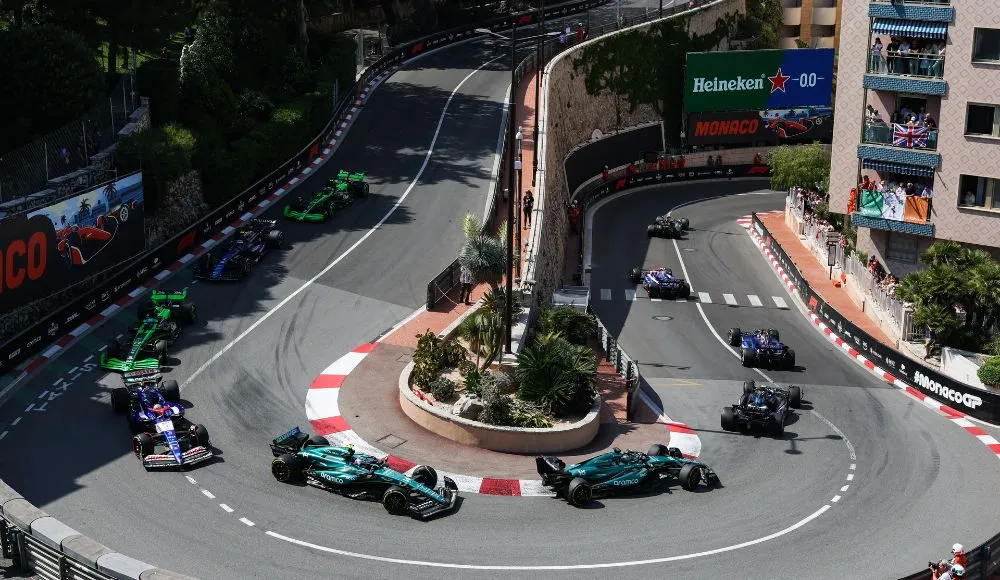
Reimagining Monaco: The 2025 Grand Prix and the Future of a Legend
A Race to Remember … or Not?
The 2025 Monaco Grand Prix delivered its usual mix of glamour and strategy. Lando Norris converted his hard-fought pole into victory, fending off the persistent pressure of local hero Charles Leclerc as well as teammate Oscar Piastri, who rounded off a podium that reflected the familiar grid order. Despite the introduction of a mandatory two-stop rule designed to shake up tactics, the race remained an exercise in precision and processional pacing—few overtakes and little on-track drama defined the 78-lap spectacle.
The Boredom Factor
Monaco is synonymous with tradition, yet that heritage has come under fire in recent years. Critics argue that the street circuit’s inherently narrow and twisty layout prevents the kind of overtaking battles that define more open, modern venues. This year was no exception. Commentators and fans alike described the race as “a long, uneventful procession,” with some even jokingly remarking they should have “brought a pillow” to the track.
The problem is structural: modern F1 cars—growing larger and heavier—simply cannot duel side by side along the same unforgiving barriers and cramped corners that have defined Monaco for generations. Even legendary drivers have admitted that while qualifying excites with its precision, the actual race day often devolves into a predictable parade that leaves little room for overtaking or spontaneous battle.
Proposals for a Revitalized Track
The blame for Monaco’s lackluster racing is not placed solely on the drivers or teams. Influential voices within the paddock suggest that the historic circuit itself is in dire need of thoughtful modifications. Several proposals have emerged:
Move the Nouvelle Chicane Further Downtrack
GPDA chairman Alex Wurz has proposed pushing the Nouvelle Chicane closer to the Tabac area. By repositioning this “near-overtaking spot,” drivers would have a longer run to set up a decisive braking maneuver—a move that could force defending drivers out of their rhythm and create genuine passing opportunities.
Reprofile the Rascasse Corner
Another suggested tweak involves shifting the apex of Rascasse outward by two or three meters. This subtle change could transform the corner into a true battle zone, compelling drivers to either defend aggressively or concede an opening for a daring dive-bomb move. Such an adjustment would not only enhance overtaking but also inject authentic drama into one of the circuit’s most iconic sections.
Widening Key Sections
Some experts, including commentary from Christian Horner, have suggested that widening portions of the track—particularly at the entry to the famed Hairpin—could allow F1 cars better room to maneuver. This measure would address the chronic issue of cars “racing in a line” and revitalize the potential for side-by-side battles in a circuit where every inch counts.
An Ultimatum for the Future of Monaco
There is an undeniable legacy attached to the Monte Carlo circuit. Yet, without meaningful changes, many insiders believe that Monaco’s status as the crown jewel of F1 might be coming to an end. As the sport evolves and the current generation of cars grows ever larger, fans and drivers are increasingly vocal about the need to adapt. If the historic layout is not modernized to foster genuine racing excitement, the iconic event may soon be relegated to history—and Monaco could very well exit the F1 calendar altogether.
The future of the Monaco Grand Prix hangs in the balance. With longstanding tradition on one side and calls for radical change on the other, the next few seasons will be critical in determining whether Monte Carlo can reinvent itself or fade into the annals of motorsport nostalgia.